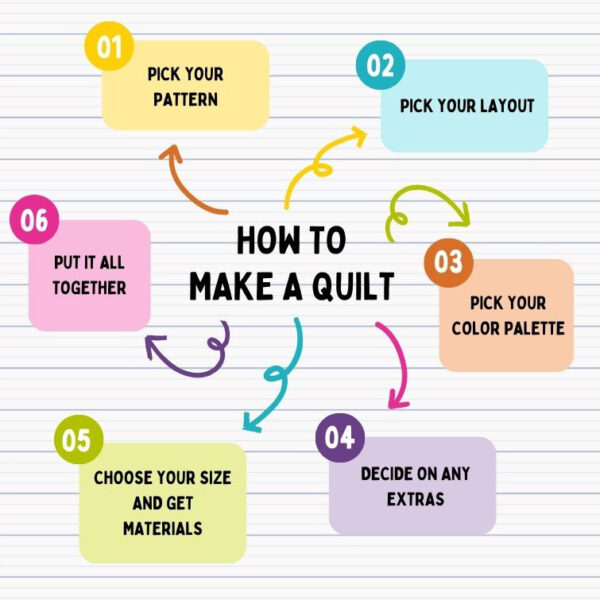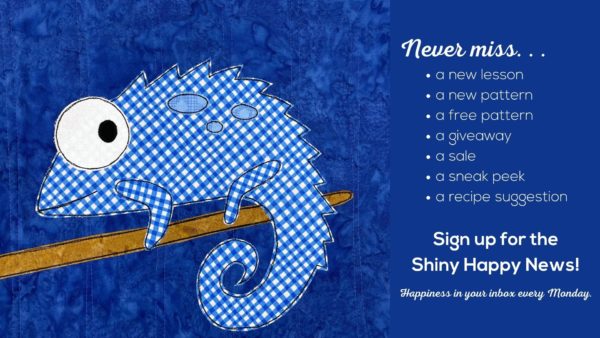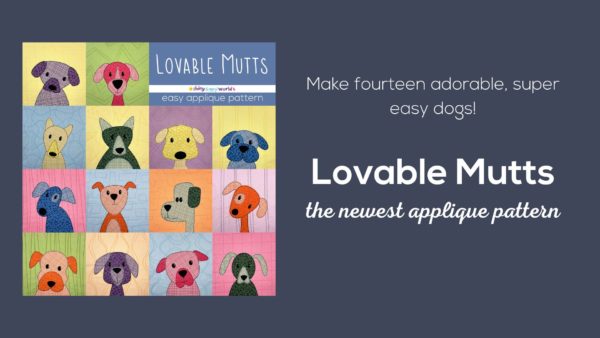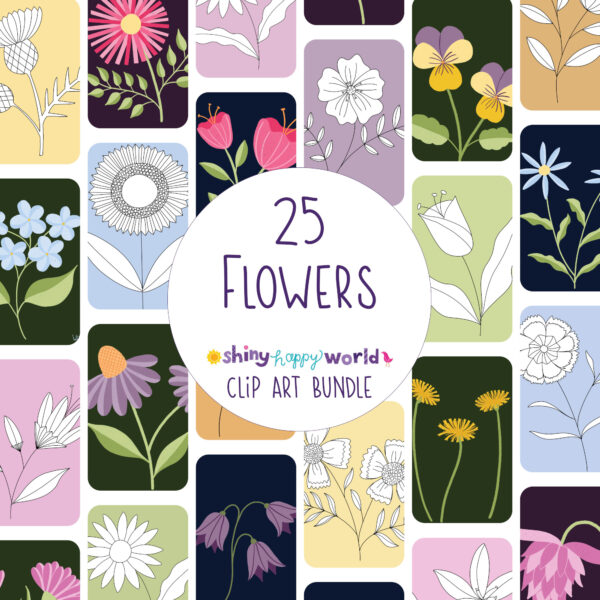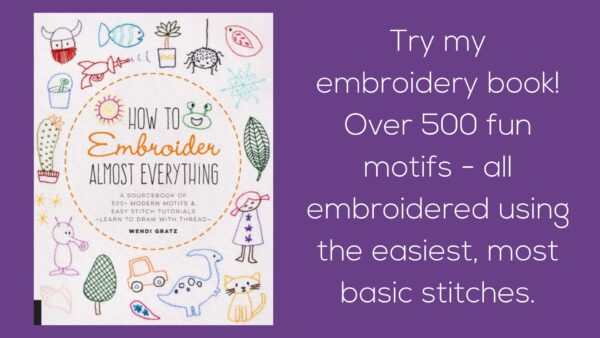Shiny Happy World has clip art now!
Here’s the first bundle – 25 pretty flowers. 🙂
You can find it here.
I’ve been drawing a LOT, and I get a lot of requests for patterns using a lot of my new drawings. But some people want applique quilt patterns, some want embroidery patterns, some want felt applique patterns. And then there are the people who purchase my quilt patterns, but never use the instructions because they’re actually painting furniture or decorating cookies or making greeting cards with the designs.
Add to that a recent survey where a number of people mentioned that they didn’t need the step by step instructions for my applique patterns because they’ve already made several. They just need the templates (but understand the need to include the instructions in every single pattern).
That got me to thinking.
What if I start releasing some of my drawings as clip art? That way I can make more art available faster, and you can get the designs for less because I’m not taking the time to make detailed tutorials.
Everybody wins!
That means these clip art designs (when used as craft patterns) are most appropriate for folks who already have some experience with the craft they want to use them for.
Craft Projects
If you’re starting from fresh – never fear! You can find all my free lessons and tutorials here. And if you want a project to teach you my methods before you jump into, say, designing your own applique pattern from one of my drawings – there’s a treasury of free patterns here. Pick one and work your way through it as a free introductory workshop.
I do have one post here specifically about how to turn ANY drawing into an applique pattern.
Digital Projects
For those who are not interested in using my clip art designs for craft patterns, here’s a bit more very general info for you. Specific instructions will vary depending on the specific design or photo editing software you’re using, so Google is your best friend for those. I’m also a HUGE fan of Skillshare for art and design classes.
When you download your zip file you’ll open up a folder (or folders) with individual files for each design. Everything is 300 dpi, which is the resolution you need for nice, clear printing.
Most designs are sized to print as either a 12 inch square or an 8 x 10 inch image. You can make the images smaller, but making them larger will result in some blurring. That may be fine if you’re using them for pattern purposes (like making a giant applique) but not for printing and framing.
Most bundles will include both JPG and PNG images.
I use JPG images when I want you to have a full image with a background – like a pretty pink flower on a dark blue background. You can print those and frame them, use them in scrapbooking or greeting cards, etc.
I use PNG files when I want you to have the image with a transparent background. So, for example, you can have that same pink flower with no background at all – allowing you to drop it into a birth announcement or scrapbooking project or anything else – without an icky white background.
I also use PNG files for black and white line drawings – so you get JUST the lines with no background, allowing you to drop them on a colored background, or group a bunch of them together on a single page to make a coloring sheet or more detailed pattern.
Clip Art Permissions
Your purchase gives you a limited commercial license to the designs.
For an extended commercial license – talk to me! (smile@shinyhappyworld.com) I’m a big supporter of cottage industry and we’ll negotiate a fair agreement that works for both of us.
Personal Use
You may use these designs in any way you like for personal use.
Selling What You Make
You may sell things you make with the designs, as long as you are making them yourself. You may not resell the designs themselves.
For example – if you want to program your embroidery machine to embroider one of these designs on pillowcases that you then sell, that’s fine as long as you are making them yourself.
If you are hiring out any part of the making, then talk to me and we’ll negotiate a fair extended licensing agreement.
If you want to sell the digital embroidery machine files you created, talk to me and we’ll negotiate a fair extended commercial licensing agreement.
Using with Print on Demand Sites
You may upload the designs to Print On Demand sites for your own personal use, but not for sale.
For example, if you want to upload one of the designs to Spoonflower to have tea towels made to give as gifts, that’s fine.
If you want to upload one of the designs to Spoonflower to have tea towels made to sell at a craft fair, talk to me and we’ll negotiate a fair extended commercial licensing agreement.
If you want to use one of the designs to create a new pattern to upload to Spoonflower to make it available for others to buy, talk to me and we’ll negotiate a fair extended commercial licensing agreement.
I hope you enjoy the new clip art options! I can’t wait to see what you make with it!
